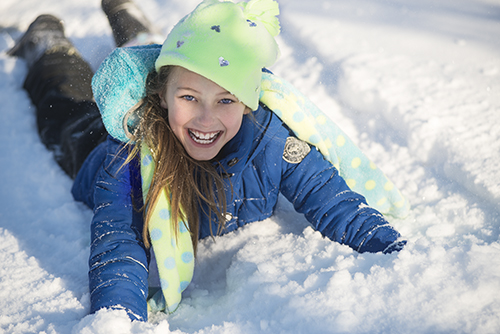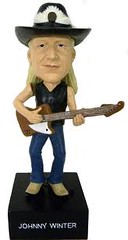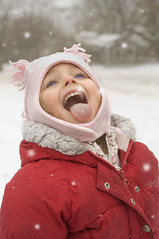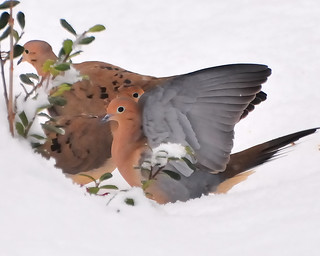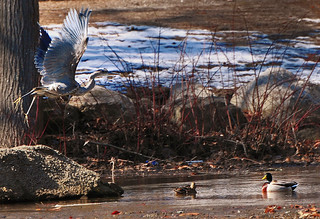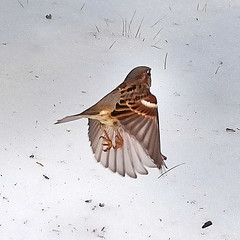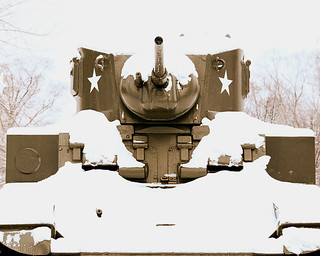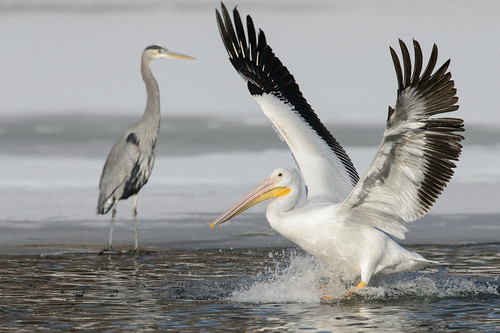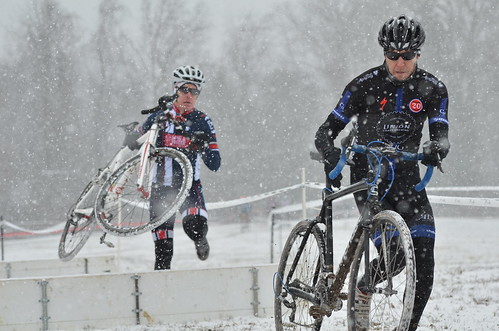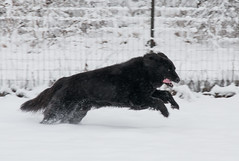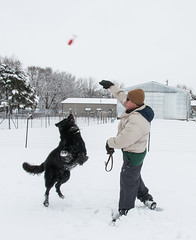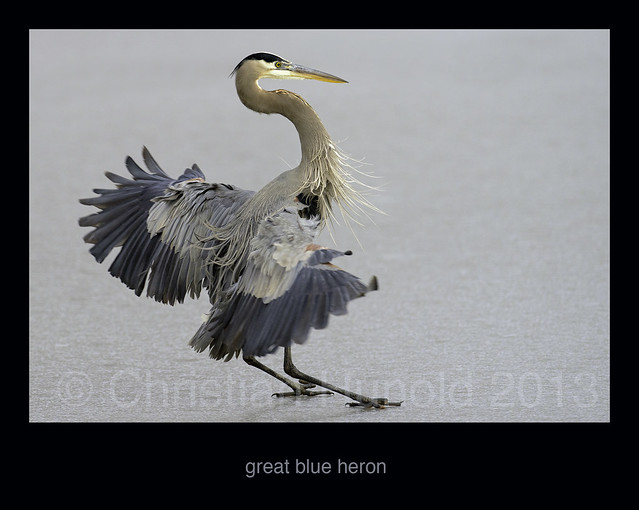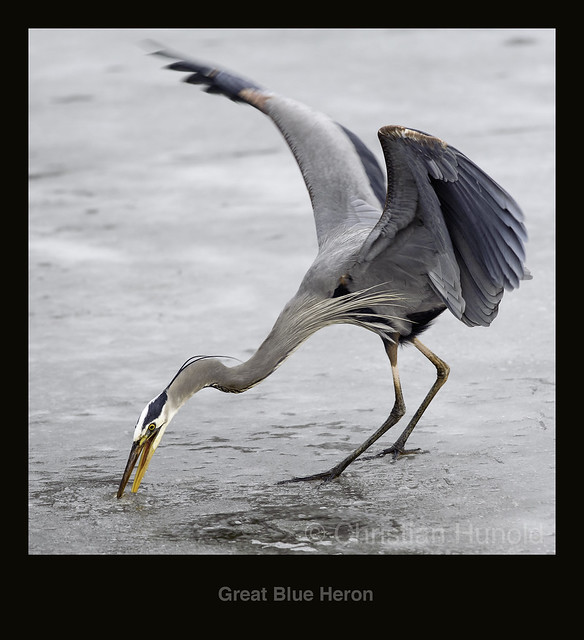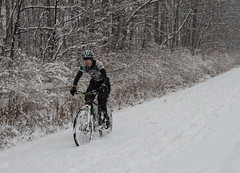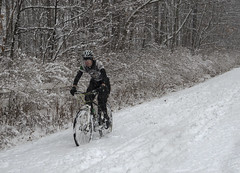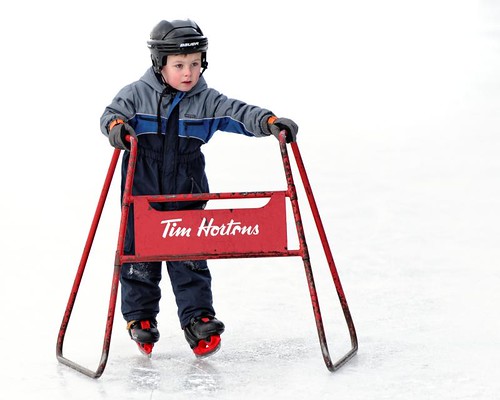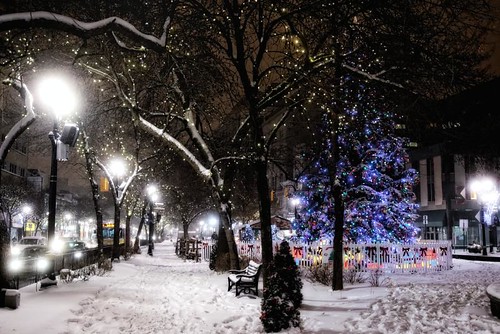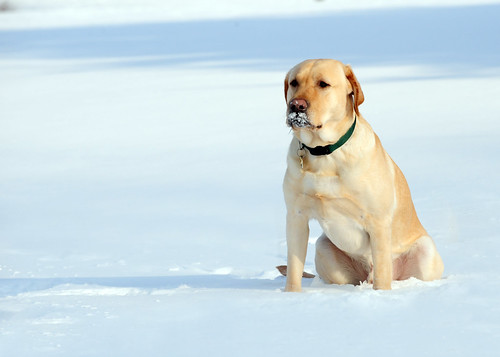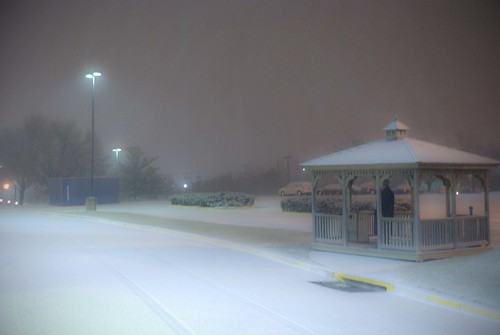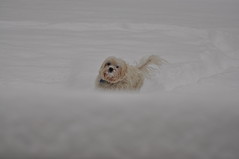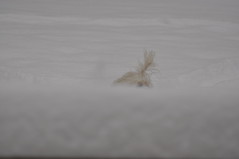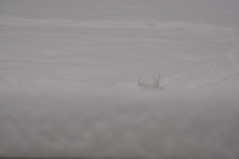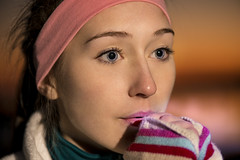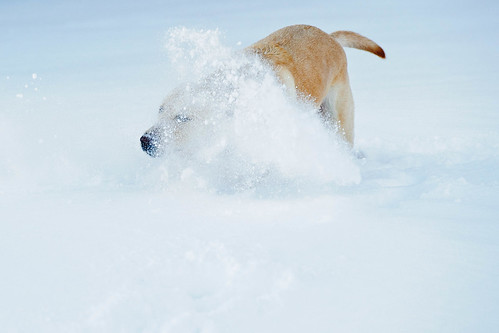Winter Action Images
|
BioArt says:D300, 300mm, 1/2000 sec, f/5.6, ISO 1250 D300, 300mm, 1/400 sec panning, f/7.1, ISO 200, -1/3EV D300, 155mm, 1/2500 sec with High FP Speedlight, f/7.1, ISO 640 This one is resting after having seen lots of action ©BioArtPhotography.com – All Rights Reserved |
|
Mully410 * Images says:My winter action photography rarely includes people. I have much more opportunity with wildlife here in Minnesota. Today wasn’t very cold (35-40F). My D4 battery lasted all day just fine but I had a spare available if needed. I fell once which covered the camera with snow. I gently brushed it off with a towel (never forget a towel). I made this shot in the Minnesota River Valley National Wildlife Refuge. There is a power plant nearby that keeps a small section of the Minnesota River from freezing. This allows many fowl and other animals a place to eat and drink. Most pelicans and great blue herons migrate south but it’s not super unusual to see them over-winter here. Camera Nikon D4 |
|
daisyj85 says:You don’t usually think of bikes in the snow, but I was able to photograph cyclocross races in the snow one day a few weeks ago. I specifically rented the 70-200 VRII lens, which is exactly what I needed that day on my D7000. (I am saving up now to purchase it) |
|
|
|
|
|
platypusstudios says:I’m out in the snow a lot….but usually just photographing landscapes until the sun comes out. Action shots were difficult with my D90 in the low light, with a slow lens…..thankfully, my carefully honed Jedi/Ninja skills can be called upon. The first two shots are from a snow storm last March. It wasn’t terribly cold, and it wasn’t still snowing – so the degree of difficulty wasn’t too high. If it gets really cold, a hand warmer in your pocket can help keep your fingers limber. For this last shot I had to keep my new D610 relatively dry. In a storm like this everything gets wet. Keep a microfiber cloth handy. Conditions were terrible….but sometimes that’s what you get with “winter action”. 5 weeks ago |
|
shottwokill says:I doubt that this fall into the action shots you were describing above with the beautiful blue sky and colorful clothing but I think it captures multiple layers of action that fade into the blizzard with the crash crew on stand-by, patrols on the only path they can see, the de icing crew and the plane being engulfed in the steam from the liquid spray, while the plows are blowing snow into the air and the winter storm throwing it back with equal or greater force. What caught my eye at that moment was the collective rough raw winter and what appears to be a losing fight against it. Not being a planned shot, there was little preparation over the normal adjustments of a snapshot to document the plane I was about to board and hoped it got me off the ground before the storm got worse. For experience to capture a shot like this I would offer, (aside from 1.5 million frequent flier miles worth of airport delays and choking down another fat burger while being grateful it’s not a bullet (yet in a way it is)), I just reached into my carry-on and pulled out an old D80 with a kit lens and tried to block any glare that was on the window. I left it on the 100 ISO and using a manual exposure mode I went for ‘f8 and be there’. Before pulling the trigger, I did bump up the sharpness and saturation a tad to help object separation when shooting into a wall of white and the contrast that accompanies shooting at an angle through glass when the inside light is greater and a different color temp than the outside natural light. That is when it hit me – You real photographers have it all – money, women, cars, shoots in the best of places – You guys got it made. |
|
|
|
christianhunold says:We don’t get much of a winter here in the mid-Atlantic, but sometimes it’s cold enough for herons on ice! |
|
|
|
platypusstudios says:Happy New Year to you too Rob! Truth be told, I’m not photographing winter landscapes before the sun comes UP – though I really should be. I’m photographing before the sun comes OUT. So, no bright blue sky, just that super flat light from an overcast sky and snow all around. I like that light…..but there is a big difference between what I see and what my camera sees. Mainly, you don’t get much detail in the snow. The first image is un-edited and I’ve done a (rather sloppy) levels adjustment to the snow on the ground in the second. Sometimes no detail in the snow is good, but in the biking shot I think the churned up snow adds to the “action”. I’m hopeful that the Great Gear Upgrade of 2013/2014 will cut down on the need for post processing. It’s snowing again – so I must get back to my “testing”. 5 weeks ago |
|
Ivan Sorensen | www.ivansorensenphotography.com says:Winter is for the young and the young at heart. Winter is for great scenery. Winter is for happy colours and holiday times. It’s been a very cold and snowy winter so far. Did I mention it was cold? Minus 22C and -35C with the wind chill as I’m typing this. My D800 really doesn’t care. It has been encrusted with ice, snow and freezing rain numerous times and so long as I start with a fresh battery I haven’t had a single complaint from it. Just be sure to let the temps equalize before shooting in extremes. If coming from a warm room or car let the body and lens cool off to clear any possible fogging before starting to shoot. Of course, you could just ignore the lens fogging and shoot for that hazy effect. Don’t forget the woolies. The first two images were shot in very flat lighting. I actually find that to be the most useful condition because I can choose how much detail to include depending on how I expose the shot. There was some unattractive details in the snow of the second image due to a severe ice storm that I was able to ‘blow out’ in large part by metering on the darker buildings. The third image was shot during a heavy snowfall, hand held, high ISO, as my great-grandson and me were traipsing through the park. |
|
Mully410 * Images says:Thanks! I’m almost always in Aperture priority so I can control the DOF. I had the Auto ISO set for a min of 1/1000s and since there was a ton of bright sunlight, I got 1/2500 sec. I try at least 1/1000 when I’m shooting BIFs, if the light permits. I also almost always shoot a wide open f-stop but this bright day was giving me very high shutters so I closed down a little just in case I started pushing close to 1/8000 sec. More tips: keep one of those cheap chemical hand warmers in the same pocket as your towel and it makes it easier to wipe the frost off the LCD. Sometimes I put a band-aid on my nose if I find it freezing to the back of the camera. I have spikes for my boots but forgot them that day. They are now in the truck for next time. |
|
|
|
|
|
|
|
JimPeel says: |
|
Rodeographer says:
Sorry Rob, It’s gone and deleted. I wrote it as a dare from a friend – a 36 hour dare. Didn’t know you read it, glad you liked it though.
|
|
|
|
|
|
|
|
shottwokill says:Rob, I know exactly what you mean about not changing the camera settings back to the preferred settings. I took this while walking back to a hotel. It struck me as a lonely winter scene; single guy late at night and the single set of tire tracks in the snow made me believe he might be there a long time before the next bus comes by. But to get a hand held shot in that light, I bumped up the ISO. For this shot the lack of detail (depending on taste) may even add to the low light and wintery scene. However, a couple days later the next group of shots was under much different conditions and the required detail was not there and the noise was unacceptable for those shots because I did forget to change the settings. My other camera has multiple programmable shooting modes so it is easier to keep a group of settings but being in the wrong mode happens. Especially as cameras become more complex and the menus become so option rich. I do like to try to get it right in the camera but I think there is a necessary balance between image capture and the post work. |
|
John Blackwood says:This set was taken after a snowfall on top of existing snow. Our dog was having a great time breaking a new trail until he hit a soft spot. He emerged a few seconds later and decided that it was time to come indoors. 4 weeks ago |
|
Ivan Sorensen | www.ivansorensenphotography.com says:“Living for the love of the process often results in the greener grass.” Perfect! Can I steal that? |
|
Ivan Sorensen | www.ivansorensenphotography.com says:Rob, Happy new year to you as well and thanks for your comments. In particular the mention of contrast caused me to go back through my stream and you are right. My stuff is heavy on contrast. I simply prefer pictures with a little ‘pop’ in them. I find the D800 produces images that are almost too clean when properly exposed and contain so much detail that they look almost flat. There is simply no need for HDR because the D800 NEF images are inherently low contrast to begin with. Having said that, I think I will explore the lower contrast style a little more than I have been doing, especially for portraits. |
|
shottwokill says:Ivan, Steal is such a strong word but if it help in any way please use it. WRT contrast, I typically go for a stronger contrast, There are times when I do like the softer appeal of lower contrast but usually when I try for it I do not feel as comfortable with the results. WRT the D800, I have a D800 and the RAW files are very clean especially if you can put it on sticks, use live view and enlarge on the very edge of the subject when focusing, clarity is excellent. The dynamic range is excellent so HDR is not needed in many cases, if HDR is desired the D800 just makes it that much better. (HDR – I am referencing the dynamic range of the image and not the Tone mapping to get the surreal effect. However, even that – quality in quality out) |
|
|
|
christianhunold says:Thanks for your thoughtful response, Rob. |
|
|
|
|
|
|
|
JimPeel says:
The one below was shot RAW, in A-Mode usually +0.7 EV but in post I felt it needed +1 stop, so I’m not sure if I did add the +0.7EV. WB: As Shot, Brightness and Contrast: 50-25 Default. Pumped up Clarity, Blacks, and added some Vib and Sat. Heavy sharpness to bring out snow blast. Alas, his white beard nor mine wipe off anymore. |
|
|
|
Rodeographer says:The pic below is a snowmobile drag racing event I attended 3 days ago. This particular image I didn’t care for – was going to delete it – so decided to torture it instead. Rob, I can’t tell you what I have done with this, just kept mucking with it till I got something I somewhat liked. Should I decide I don’t like it in the morning – I’ll save you some typing. |
|
|
|
Rodeographer says:Rob, you beat me by four hours. The morning after I posted the image, I still kind of liked it – so it got an extension. The next day I changed my mind, went to delete the post and saw your reply. The idea behind the torture session was not to make the reject better – but to wreak my vengeance upon a still, to murder it with finesse. Yet, I am in agreement with you that flying mud, snow, dirt, (blood, now that would be nifty) would be a more appropriate background setting. Regarding the (or any) rodeo images you have seen in my stream, they too are rejects in a way. When I finish shooting a subject, I divide the photographs into three parts. The total rejects – like the above pic – compromise about 5 to 10 percent of the total. Then come the so-so shots, images I’m not crazy about yet are not total garbage – they end up in Flickr. I realize theft is rampant on the internet, so if some folks around this wondrous globe of ours feel the need to partake, they have my blessing. The third part, roughly 15 percent of the lot – are images I consider to be good – and are only available for private viewing. Rob, thanks again for taking the time and offering me your insight on how to make the drab look more appealing, I appreciate it. |
|
|
|
Rodeographer says:I was the only photographer to shoot the event right next to the racing lanes. All other photographers were shooting from behind snow barricades – probably a wise move – but to get the shots I wanted, I did it my way. (Can anybody hear Frank Sinatra?) I used a simple setup. I was shooting from a kneeling position with a D4 and the 400mm @ 2.8 on a Manfrotto 055CXPRO3 (carbon fibre) tripod with a Wimberley head, and had positioned a second camera (D3S) with a 17-35 f/2.8 (set at 17mm and f/8.0) between lane numbers 2 and 3 on the ice four inches off the ground – mounted on a Skimmer Pod II with a Markins Q-Ball Q20i head – triggered with a PW Multimax. I was told that there could be a high probability that the D3S would get run over – but I figured it was worth it to get these high speed machines at that low a level. It is also best in these situations to shoot with both eyes open. Shooting the 400 at 2.8 allowed me to only concentrate on one racer at a time, and not necessarily the winner or the snowmobile in the lane closest to me – 4 feet away. Shooting with both eyes open would give me a few seconds of rolling out of the way should any of the racers lose control of their machines. I got some good images from the D4 and the 400, but none (zero) from the D3S. When I initially positioned the D3S in between the lanes, I checked the operation of the camera and remote trigger and everything clicked fine. Apparently what happened – the power cord connecting the Multimax to the 10-pin socket vibrated loose from the passing machines (my fault for not securing the screw-in lock on the cable properly) and all the shots that I thought I fired didn’t trigger the camera. (Once the D3S was positioned between the lanes, no access is allowed to check its condition till after all the races are over.) I don’t have a problem positioning a good body and lens in the way of harm, as long as I get some positive results from it. On the bright side, it did teach me a lesson I won’t forget. *Edited to include tripod information. |
|
|
